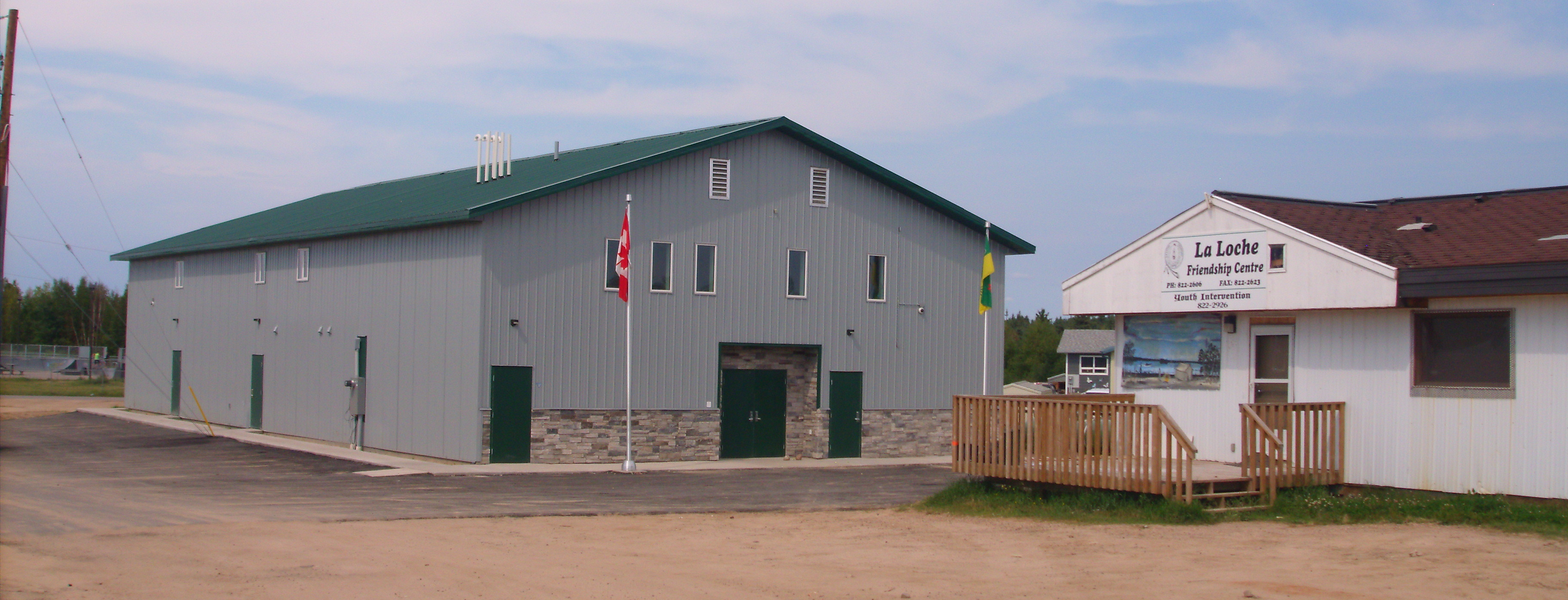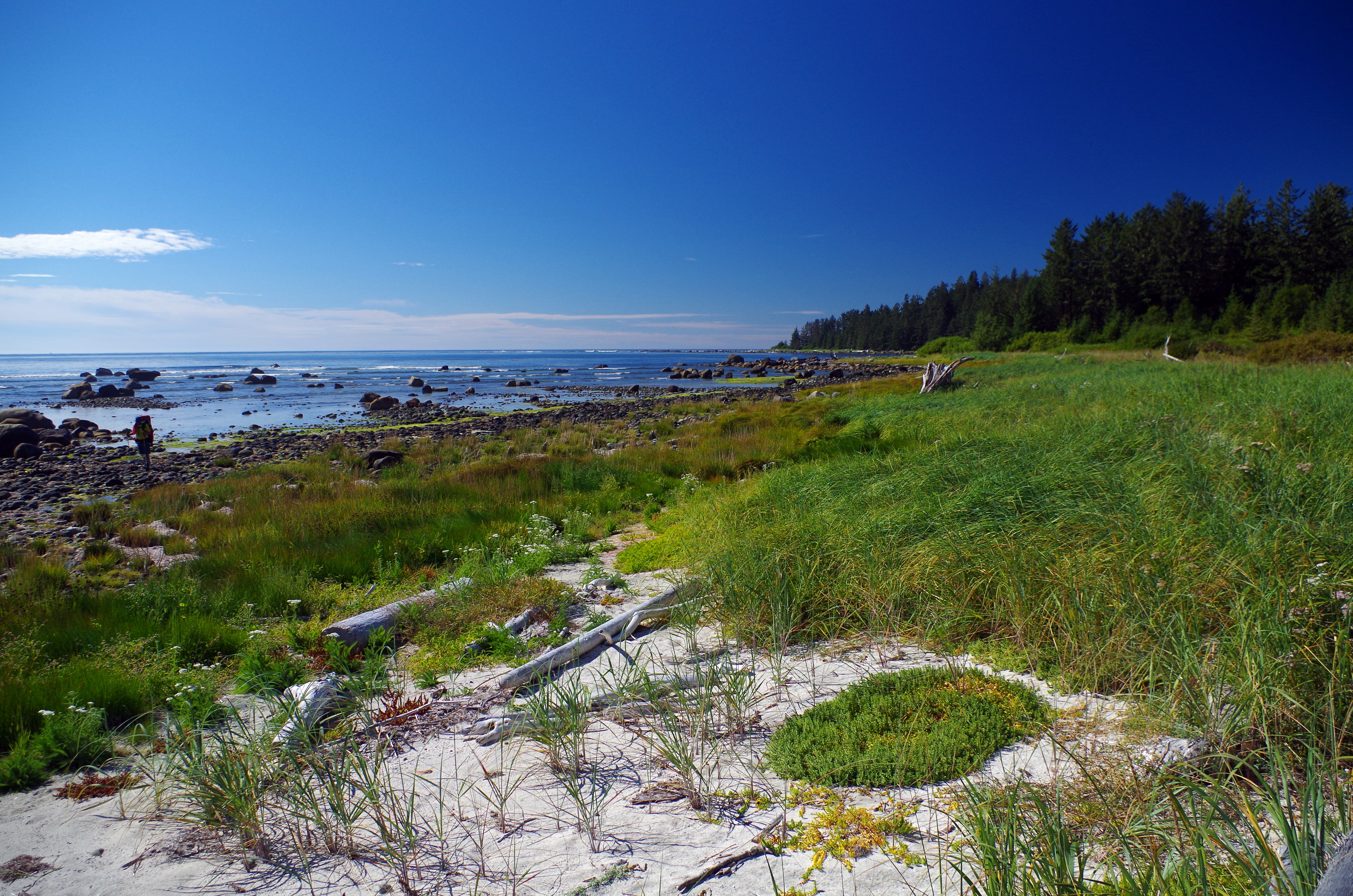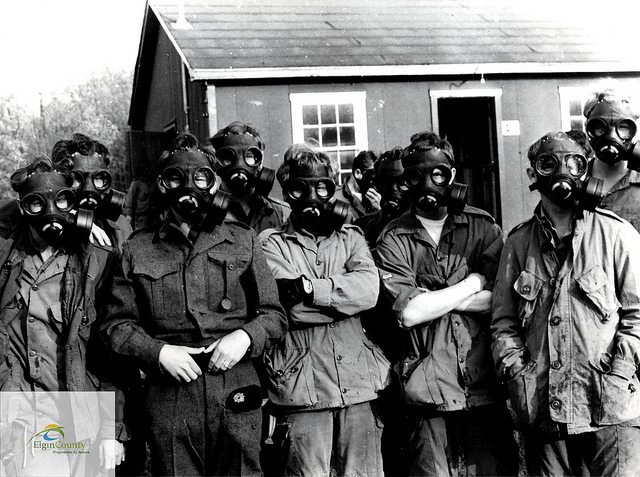Browse "Diverse Communities"
-
Article
Friendship Centres
Friendship Centres are non-governmental agencies that provide various programs and services to urban Indigenous peoples. As of 2017, the National Association of Friendship Centres represents 118 Friendship Centres nationwide.
"https://d2ttikhf7xbzbs.cloudfront.net/media/media/e6cd3337-c70a-4ec4-b6fb-6ab9d67dab41.jpg" // resources/views/front/categories/view.blade.php
https://d2ttikhf7xbzbs.cloudfront.net/media/media/e6cd3337-c70a-4ec4-b6fb-6ab9d67dab41.jpg
-
Article
Gender Equity
The term “gender equity” refers to the belief that individuals of different genders require different levels of support to achieve true equality.
"https://d2ttikhf7xbzbs.cloudfront.net/media/new_article_images/Gender/IISC_EqualityEquity.png" // resources/views/front/categories/view.blade.php
https://d2ttikhf7xbzbs.cloudfront.net/media/new_article_images/Gender/IISC_EqualityEquity.png
-
Article
Gender Identity
The term “gender identity” refers to an individual’s sense of their own gender, or the gender they feel is most in keeping with how they see themselves.
"https://d2ttikhf7xbzbs.cloudfront.net/media/media/46a3c4ec-a503-4e72-bba8-c78f5fcd885a.jpg" // resources/views/front/categories/view.blade.php
https://d2ttikhf7xbzbs.cloudfront.net/media/media/46a3c4ec-a503-4e72-bba8-c78f5fcd885a.jpg
-
Article
Greek Music in Canada
The first Greek immigrants to Canada arrived in 1891. By 1961 there were 56,000 people of Greek origin in Canada; by 1986 177,310. The largest group originated from Peloponnesus, but Macedonia, Crete, and other regions also are represented. The majority profess Greek Orthodoxy.
"https://development.thecanadianencyclopedia.ca/images/tce_placeholder.jpg?v=e9dca980c9bdb3aa11e832e7ea94f5d9" // resources/views/front/categories/view.blade.php
https://development.thecanadianencyclopedia.ca/images/tce_placeholder.jpg?v=e9dca980c9bdb3aa11e832e7ea94f5d9
-
Article
Haisla (Kitamaat)
The Haisla are a First Nation in Canada. The Haisla Nation is made up of two historic bands, the Kitamaat of upper Douglas Channel and Devastation Channel and the Kitlope of upper Princess Royal Channel and Gardner Canal in British Columbia. The Kitamaat call themselves Haisla ("dwellers downriver"); and the Kitlope, Henaaksiala ("dying off slowly"), a reference to their traditional longevity. The official designations Kitamaat ("people of the snow") and Kitlope ("people of the rocks") were adopted from the names used by the Tsimshian to refer to their Haisla neighbours.
"https://d2ttikhf7xbzbs.cloudfront.net/haisla.jpg" // resources/views/front/categories/view.blade.php
https://d2ttikhf7xbzbs.cloudfront.net/haisla.jpg
-
Article
Tr'ondëk Hwëch'in (Han)
Han territory traditionally straddled the Yukon-Alaska boundary, extending along the Yukon River from about 20 km south of Dawson northward to about 50 km south of Circle, Alaska.
"https://d2ttikhf7xbzbs.cloudfront.net/media/media/7d2699bc-260f-4b3e-b27a-f0d430e23030.jpg" // resources/views/front/categories/view.blade.php
https://d2ttikhf7xbzbs.cloudfront.net/media/media/7d2699bc-260f-4b3e-b27a-f0d430e23030.jpg
-
Article
Hesquiaht
The Hesquiaht are Indigenous people residing on the west coast of Vancouver Island. “Hesquiaht” is an English version of the Nuu-chah-nulth word, heish-heish-a, which means, “to tear asunder with the teeth.” This refers to the technique of stripping herring spawn away from eel grass, which grew near Hesquiaht territory. Part of the Nuu-chah-nulth Tribal Council, the Hesquiaht number 756 registered members, as of 2021.
"https://d2ttikhf7xbzbs.cloudfront.net/media/media/5033f088-bc6f-4caf-9986-73989a1f9035.jpg" // resources/views/front/categories/view.blade.php
https://d2ttikhf7xbzbs.cloudfront.net/media/media/5033f088-bc6f-4caf-9986-73989a1f9035.jpg
-
Article
History of Powwows
While the exact origin of the powwow is unknown, these celebrations were adopted and adapted by various Indigenous communities across North America throughout the 20th century.
"https://d2ttikhf7xbzbs.cloudfront.net/media/media/f049f627-d2f7-4eaf-9c4f-db03980b55aa.jpg" // resources/views/front/categories/view.blade.php
https://d2ttikhf7xbzbs.cloudfront.net/media/media/f049f627-d2f7-4eaf-9c4f-db03980b55aa.jpg
-
Article
Music of the Hutterites
Named after Jakob Hutter, they were Anabaptists from Austria and south Germany who began to live communally in Moravia in 1529. After much persecution they emigrated to Russia in 1770 and thence to the USA ca 1870.
"https://development.thecanadianencyclopedia.ca/images/tce_placeholder.jpg?v=e9dca980c9bdb3aa11e832e7ea94f5d9" // resources/views/front/categories/view.blade.php
https://development.thecanadianencyclopedia.ca/images/tce_placeholder.jpg?v=e9dca980c9bdb3aa11e832e7ea94f5d9
-
Article
Indian Food in Canada
Indian food is a more recent addition to the culinary scene in Canada, having gained prominence primarily in the post-1960s era of immigration. It is characterized mainly by the Northern Indian approach to cuisine, which features breads and warm curries and the use of yogurt and cream in meat-based dishes. But it also bears the influence of South Indian cooking, which frequently plays with the combination of sour and spicy and the use of tamarind and chilies. However, many typical Indo-Canadian dishes, such as kedgeree and some chutneys, are a product of Anglo-Indian cuisine stemming from Britain’s colonial rule of the Indian subcontinent.See also Popular Indian Dishes in Canada.
"https://d2ttikhf7xbzbs.cloudfront.net/media/media/76374c18-1a40-49ff-938a-c8dab85dacec.jpg" // resources/views/front/categories/view.blade.php
https://d2ttikhf7xbzbs.cloudfront.net/media/media/76374c18-1a40-49ff-938a-c8dab85dacec.jpg
-
Article
Trade Goods of the Fur Trade
During the fur trade in Canada, items of European manufacture (historically referred to in the literature as Indian trade goods) were traded with Indigenous peoples for furs. These items include, for example, metal objects, weapons and glass beads. (See also Trade Silver.) In various ways, however, cultural exchanges went both ways. Some Europeans, namely the voyageurs, adopted various Indigenous technologies and clothing during the fur trade, including the use of moccasins, buckskin pants and hats, and snowshoes.
"https://d2ttikhf7xbzbs.cloudfront.net/media/media/e4ec1e55-01c2-4b77-a220-f05a84fd4c9c.jpg" // resources/views/front/categories/view.blade.php
https://d2ttikhf7xbzbs.cloudfront.net/media/media/e4ec1e55-01c2-4b77-a220-f05a84fd4c9c.jpg
-
Article
Trade Silver
Gifts of silver were presented and traded to Indigenous peoples in Canada by European fur traders. Trade silver was made by silversmiths in Quebec City, Montreal, London and various American cities, including New York, Philadelphia and Detroit. (See also Fur Trade in Canada and Trade Goods of the Fur Trade.)
"https://d2ttikhf7xbzbs.cloudfront.net/TradeSilverHBC.jpg" // resources/views/front/categories/view.blade.php
https://d2ttikhf7xbzbs.cloudfront.net/TradeSilverHBC.jpg
-
Article
Innu Nikamu
An annual festival of traditional and contemporary Indigenous music, featuring hunters and musicians from Québec.
"https://development.thecanadianencyclopedia.ca/images/tce_placeholder.jpg?v=e9dca980c9bdb3aa11e832e7ea94f5d9" // resources/views/front/categories/view.blade.php
https://development.thecanadianencyclopedia.ca/images/tce_placeholder.jpg?v=e9dca980c9bdb3aa11e832e7ea94f5d9
-
Article
Ipperwash Crisis
The Ipperwash Crisis took place in 1995 on land in and around Ontario’s Ipperwash Provincial Park, which was claimed by the Kettle and Stony Point First Nation. The underlying cause of the crisis was the appropriation of the Stoney Point Reserve in 1942 by the federal government for use as a military camp. After repeated requests for the land to be returned, members of the Stony Point First Nation occupied the camp in 1993 and in 1995. On 4 September 1995 protesters also occupied Ipperwash Provincial Park nearby. Tension between the protesters and the OPP increased, resulting in a confrontation on 6 September 1995 during which Dudley George, an Ojibwa protestor, was killed.
"https://d2ttikhf7xbzbs.cloudfront.net/media/media/bcf04d96-a331-4532-bed5-98ee62f4034e.jpg" // resources/views/front/categories/view.blade.php
https://d2ttikhf7xbzbs.cloudfront.net/media/media/bcf04d96-a331-4532-bed5-98ee62f4034e.jpg
-
Article
Irish Famine Orphans in Canada
Thousands of children became orphans during the 1847 Irish famine migration to British North America. Public authorities, private charities and religious officials all played a part in addressing this crisis. Many orphans were placed with relatives or with Irish families. A considerable number were also taken in by Francophone Catholics in Canada East, and by English-speaking Protestants in New Brunswick. Although many families took in orphans for charitable reasons, most people were motivated by the pragmatic value of an extra pair of hands on the farm or in the household.
"https://d2ttikhf7xbzbs.cloudfront.net/media/media/fd704360-23a5-4333-9dc4-fed52fcc81b8.jpg" // resources/views/front/categories/view.blade.php
https://d2ttikhf7xbzbs.cloudfront.net/media/media/fd704360-23a5-4333-9dc4-fed52fcc81b8.jpg
